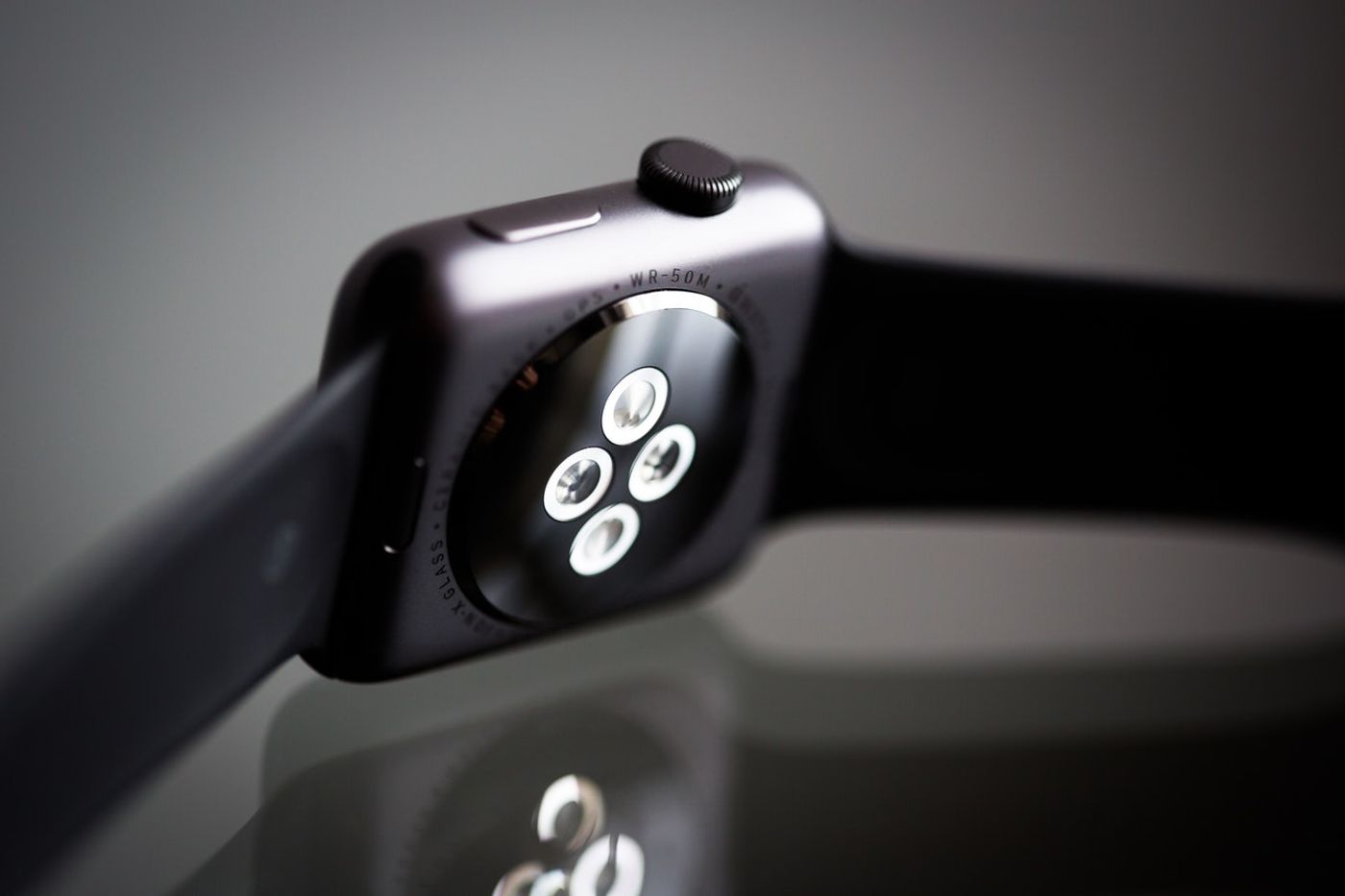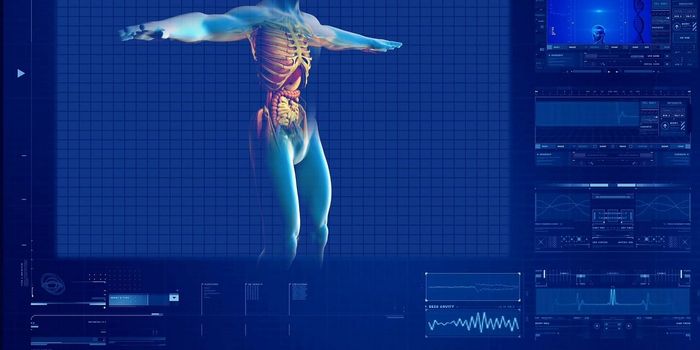Smartwatches Keep a Close Eye on Parkinson's Patients
Individuals with Parkinson’s disease experience a slow, progressive worsening of symptoms. What can begin as barely perceptible tremors can end up becoming a complete inability to move around.
Though there is still no cure for the disease, clinical interventions can put the brakes on disease progression, especially when initiated early. Fine-tuning the treatment is also an important part of managing the condition, for which patients need to check in with doctors every few months. However, it’s difficult for patients to recount the details and specifics around the symptoms to track progression. Was it more difficult to do chores around the house? How bad were the tremors?
According to a recent pilot study, technology may be able to bridge this gap in monitoring patients. Smartwatches typically have in-built hardware such as gyroscopes and accelerometers that can detect and measure subtle motor movements. Now, together with a new app developed by Apple Inc. called the Motor Fluctuations Monitor, wearable trackers could help physicians keep tabs on how their patients are faring.
Engineers and researchers teamed up in a study that used the Apple smartwatch and app to follow 225 patients with Parkinson’s over the course of half a year. The findings were published in Science Translational Medicine.
The team discovered that this innovative approach to patient tracking captured very subtle changes in symptoms that were missed even by patients’ families and caregivers. This information provided critical missing pieces for doctors designing treatment strategies that closely align with the disease's progression.
“The smartwatch-based system could identify changes in symptoms resulting from better adherence to medication or deep brain stimulation treatment, as well as subclinical symptoms, suggesting a need for alternative treatment or medication titration,” wrote the authors.
Around 60,000 Americans are diagnosed with Parkinson’s every year. The next steps have not yet been decided. Still, before becoming a routine part of clinical practice, the monitoring system will first need to undergo clinical trials before securing regulatory approval.
Source: Science Translational Medicine.









